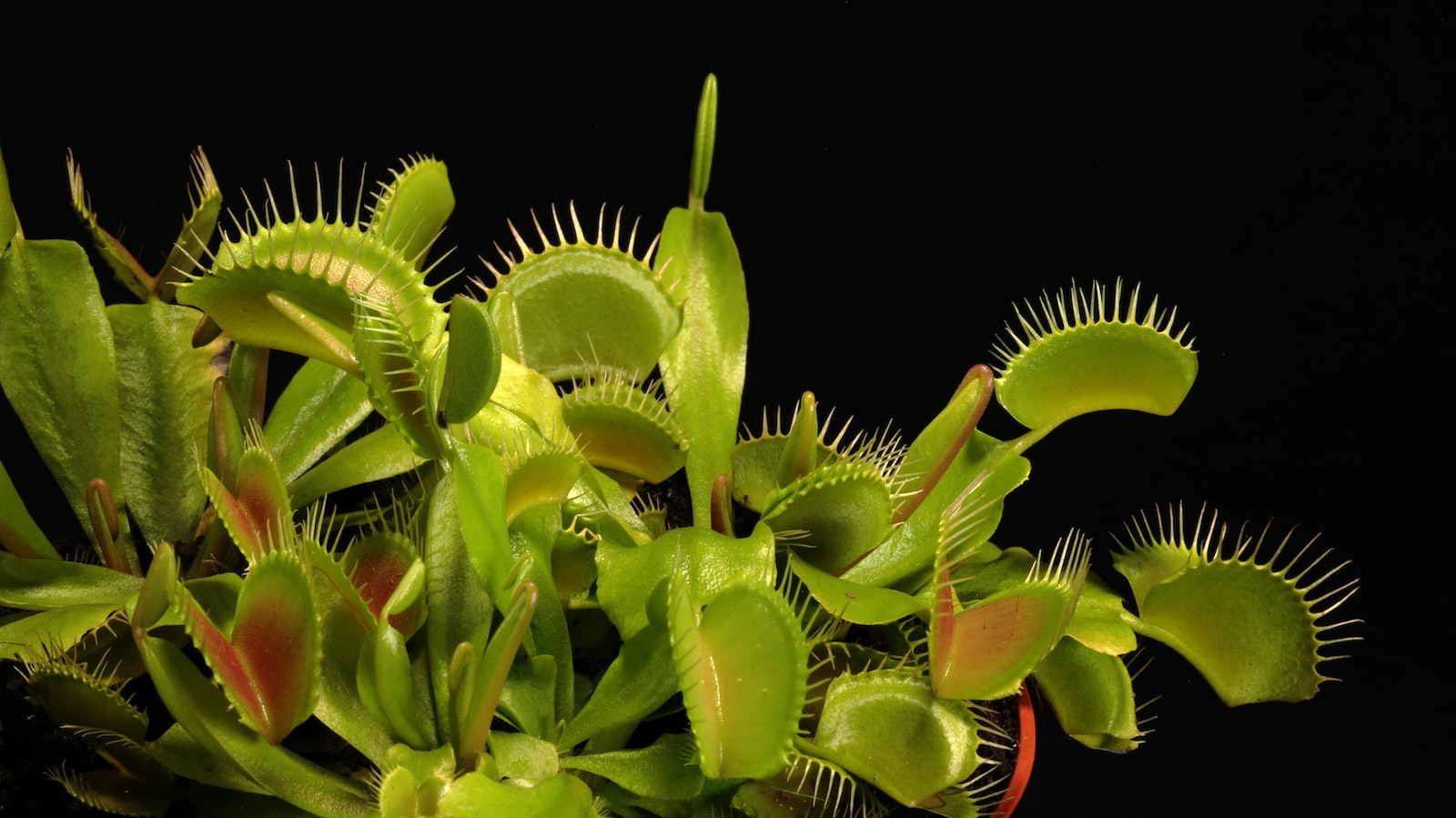Table of Contents
If you’re the proud owner of a Dionaea muscipula, you may be wondering how often you should water your Venus fly trap. As with all plants, getting the watering right is crucial to their health and survival, and the Venus Fly Trap is no exception. In this blog post, we’ll explore the watering needs of the Venus Fly Trap and how to keep your plant happy and healthy.
Understanding the Watering Needs of Venus Fly Traps
The Venus Fly Trap is a carnivorous plant that gets most of its nutrients from the insects it captures. However, like all plants, it still needs water to survive. One of the biggest mistakes people make with Venus Fly Traps is overwatering. While it’s important to keep the soil moist, it’s equally important not to water too frequently. Overwatering can lead to root rot and other problems that can harm or kill the plant.
In general, Venus Fly Traps like a moist but well-draining soil. This means the soil should be wet enough that it doesn’t dry out completely, but not so wet that it’s constantly soggy. The ideal soil mix for a Venus Fly Trap is a 50/50 blend of sphagnum peat moss and perlite. This mix provides good drainage while also holding onto enough moisture to keep the plant happy.
Signs That You Need to Water Your Venus Fly Trap
So, how do you know when it’s time to water your Venus Fly Trap? The easiest way to tell is to check the soil moisture level. Stick your finger about an inch into the soil. If it feels dry to the touch, it’s time to water. You can also tell your plant needs water if the leaves start to droop or curl. This is a sign that the plant is dehydrated and needs a drink.
It’s important not to wait too long to water your Venus Fly Trap once it needs it. If the soil dries out completely, it can be difficult to get it wet again, and the plant may suffer. Ideally, you want to water your plant just before the soil dries out completely.
How Often to Water Your Venus Fly Trap
So, how often should you water your Venus Fly Trap? The answer depends on several factors, including the temperature, humidity, and the size of your plant. In general, you’ll want to water your plant about once a week during the growing season, which is typically from March to October. During the dormant season, which is from November to February, you can reduce watering to once every two to three weeks.
If you live in a particularly hot or dry climate, you may need to water your Venus Fly Trap more frequently. On the other hand, if you live in a cooler or more humid climate, you may be able to water less often. The key is to pay attention to your plant’s needs and adjust your watering schedule accordingly.
How to Water Your Venus Fly Trap
Now that you know how often to water your Venus Fly Trap, it’s time to talk about how to water it. The best way to water your plant is from the bottom up. Fill a saucer or tray with about an inch of distilled or rainwater and place your plant in the tray. Let the plant sit in the water for about 30 minutes to allow the soil to soak up the water. After 30 minutes, remove the plant from the tray and allow any excess water to drain off.
It’s important not to use tap water to water your Venus Fly Trap. Tap water contains minerals that can harm the plant. Instead, use distilled or rainwater, which are free of minerals. You can also use reverse osmosis water, which has had the minerals removed.
Conclusion
Watering your Venus Fly Trap may seem daunting at first, but with a little bit of knowledge and attention, it’s actually quite easy. By understanding the plant’s watering needs and paying attention to the signs that it needs water, you can help your Venus Fly Trap thrive.
Remember, the key to success with a Venus Fly Trap is to strike a balance between moist and well-draining soil. Water your plant regularly but don’t overdo it, and always use distilled or rainwater to avoid mineral buildup in the soil. With a little bit of TLC, your Venus Fly Trap will reward you with its fascinating, carnivorous ways and stunning beauty. Happy watering!
Auto Amazon Links: No products found. http_request_failed: A valid URL was not provided. URL: https://ws-na.amazon-adsystem.com/widgets/q?SearchIndex=All&multipageStart=0&multipageCount=20&Operation=GetResults&Keywords=starter+carnivorous+plants&InstanceId=0&TemplateId=MobileSearchResults&ServiceVersion=20070822&MarketPlace=US Cache: AAL_7181bc1de1ad940e8ef6d609a27609c5

Leave a Reply